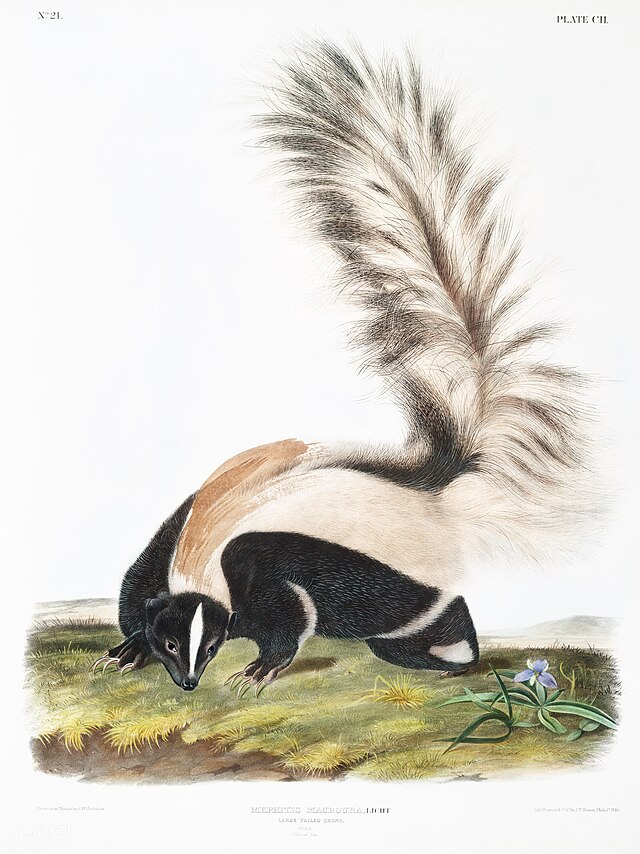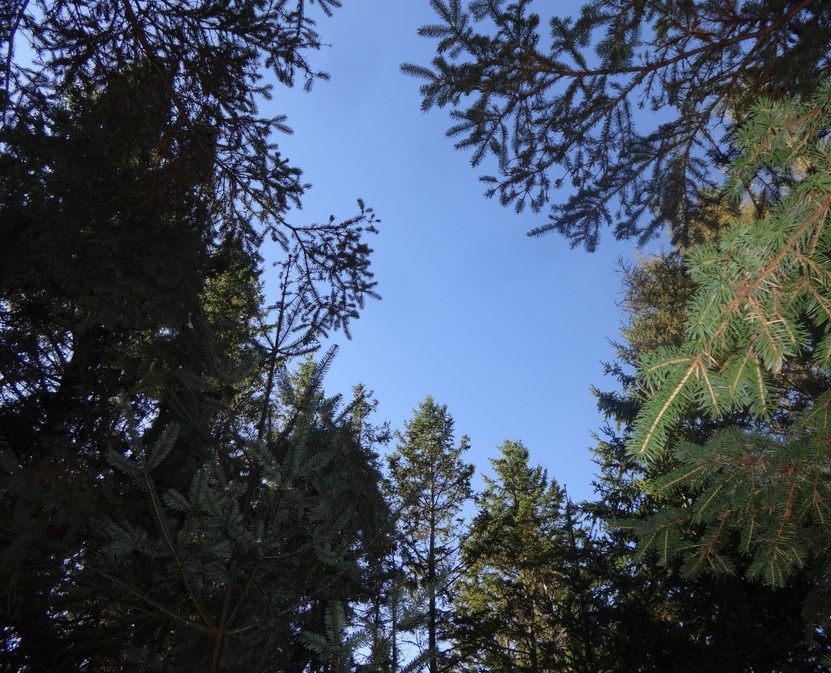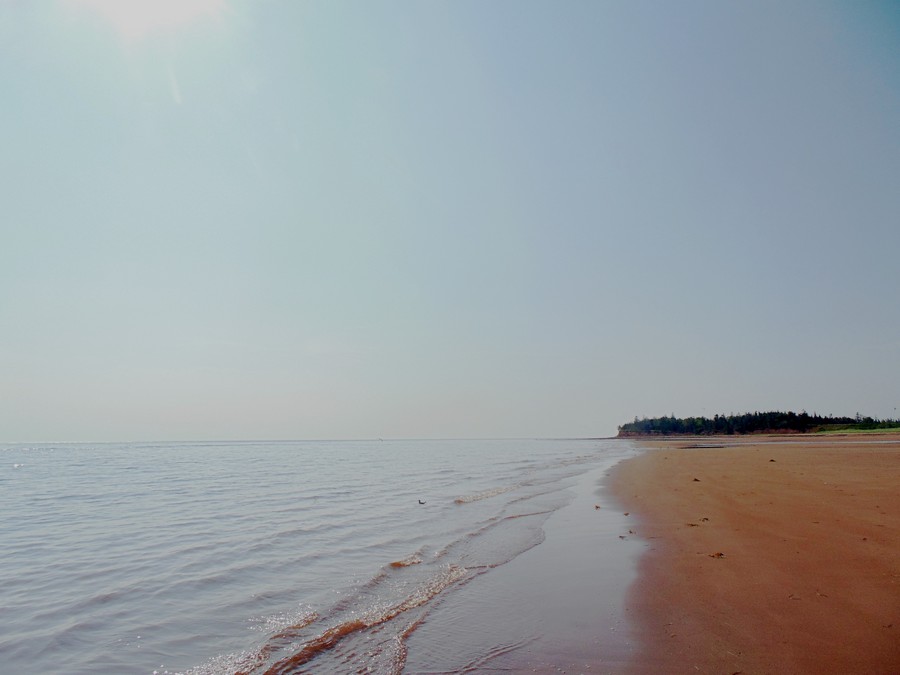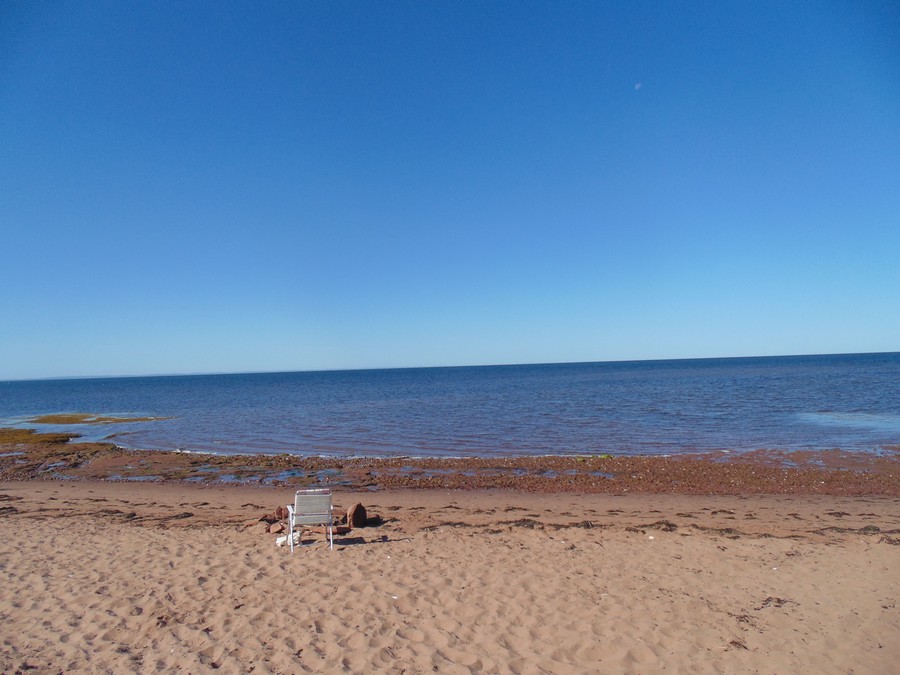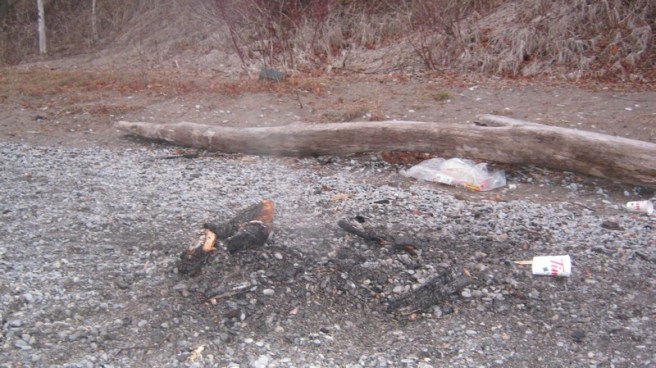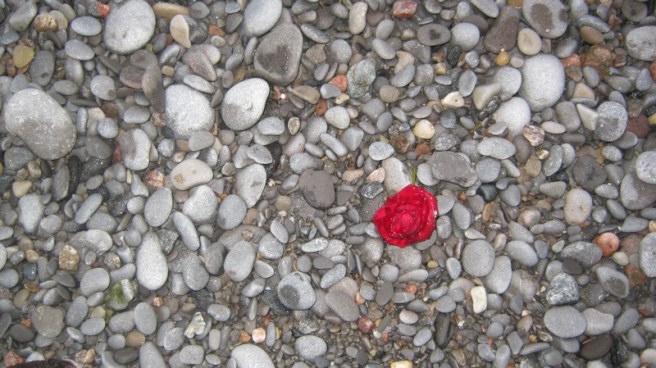Begin with endlessly sorting your bookshelves. Keep, donate, keep, donate….
At the back of the shelves, find a book on road trips that looks boring and decide you don’t want to keep it but then notice a newspaper clipping tucked inside — an ‘Out Walking’ column from the local paper, by Margaret Carney, a (Whitby) resident, writer, and naturalist.
Notice the date: September 10, 2000.
Read the clipping.
Get excited about sentences like this:
“One of the biggest thrills of my whole summer was visiting a precious remnant of original tallgrass prairie — the site of a historic cemetery — and then, high on a bluff overlooking the Otonobee River, a magnificent restoration of acres of prairie wildflowers in bloom. Both are just east of Durham Region, on the Rice Lake Plains — a pleasant jaunt for anyone out for a drive.”
Consider whether you have enough cheese in the fridge to make a picnic.
(If yes, pick a sunny day, pack a cooler. Include peaches. The peaches are wonderful this year.)
Head out on the road.
Bring the newspaper clipping.
As you drive ask the person in the passenger seat to read out the part again where Carney says the cemetery, because it’s on land that has never been plowed, contains one of the rarest surviving plant communities in Canada.
Also the directions. Could they please read out the directions again.
Because you’re having trouble finding the place.
Though you do find some nice views and happy surprises en route and for a moment you think you’ve found the cemetery. But no…
 Just as you’re about to give up, just as you begin driving away, heed the seemingly pointless impulse to turn the car around and drive back a few kilometres along the same road for the third time.
Just as you’re about to give up, just as you begin driving away, heed the seemingly pointless impulse to turn the car around and drive back a few kilometres along the same road for the third time.

When you see a man on a small tractor (who was not there just a few minutes ago) drive onto his property in a cheerful manner, and apologize for interrupting. Ask about the cemetery and be a little surprised that he knows exactly where it is. Smile when he says have a good time. Grimace when he says watch out for snakes. Snakes?? Oh, sure, he says, there’s snakes out here. Bear too, and mean yellow-eyed Fishers (which you will google later.)
Drive back along the road for the fourth time.
And then marvel at how exactly where he said it would be, there it is, the Red Cloud Cemetery, once part of a community called Red Cloud.
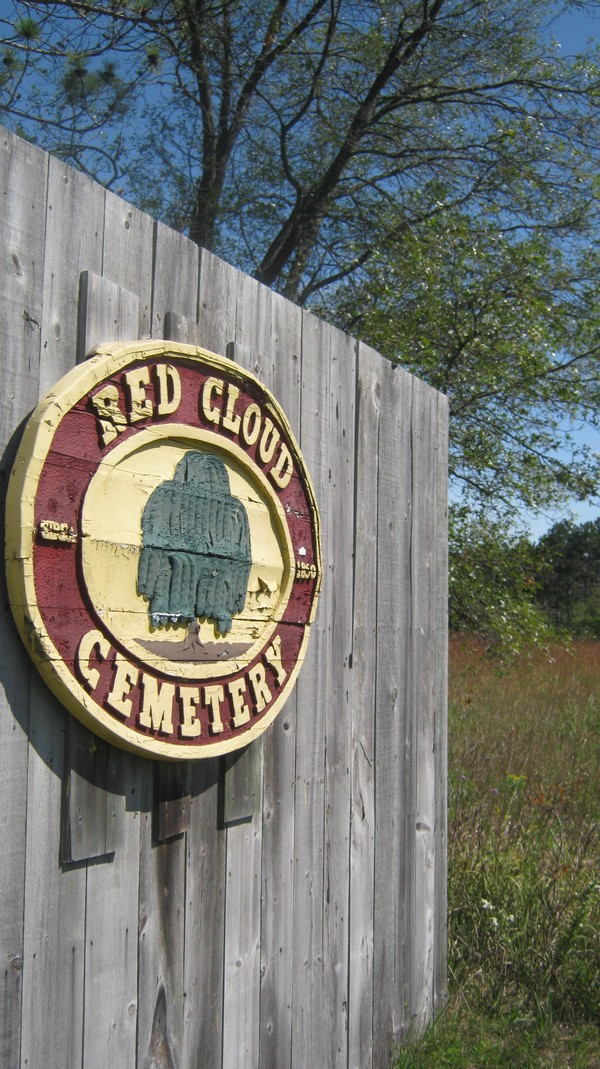 Walk through this small slice of undisturbed grassland with reverence for the people who lived here, for those who’ve come and gone, and wonder about their stories (first burial in the early 1800’s, the last in 1940). Reverence too for this slice of rich history and remnant of original landscape that looks so ordinary it makes you dearly want someone to explain what’s what.
Walk through this small slice of undisturbed grassland with reverence for the people who lived here, for those who’ve come and gone, and wonder about their stories (first burial in the early 1800’s, the last in 1940). Reverence too for this slice of rich history and remnant of original landscape that looks so ordinary it makes you dearly want someone to explain what’s what.




Above all, feel reverence for the quiet energy that fills this space.
Decide it’s the perfect place for a picnic.
Open up your lawn chairs and haul out your cheese sandwiches. Notice the size and diversity of the trees and wonder how many eyes have looked at them from exactly this angle against a sky exactly this shade of blue. Do not think about snakes. Although because of possible bears, keep the picnic site close to the car.

From there follow Carney’s instructions an hour or so west, to the Rainbow Tallgrass Prairie Restoration Site near Rice Lake, which she describes as twenty acres of private farmland that a family is restoring to its original tallgrass prairie roots.
Once again be unable to find the place.
Once again notice a man on a tractor. A larger tractor this time, driving along the gravel road. He will tell you the prairie is long gone, the property sold to new owners who plowed it over in order to farm the land. He will wonder how it is you came to be looking for it. Tell him about the twenty year old newspaper clipping. Watch the confusion on his face, followed by an expression that might translate to something like: city people.
He will give you directions, tell you it’s over that hill, turn right at the next lane. He will tell you the sign is still there but nothing else and you decide to go look for it anyway, for the sign and for where the prairie used to be and once again, it’s all exactly where the man on the tractor said it would be.


Or would be if it still existed.
Decide to head home now that you are filled with knowing what you already knew, that some parts of nature are preserved and others are not. Be happy that if a tallgrass prairie restoration project had to be razed, it was for someone to make a living. Remind yourself that this isn’t anything new and just embrace the fact that tall grass prairies once covered this part of the province, wherever the soil is sandy. Imagine it.
Be grateful there are still small, independent farmers.
Sigh deeply. For the beauty and the sadness and the joy and the reality of the ever changing change of things. For the miracle of men on tractors appearing just when you need them. For not seeing snakes. Or bears. For the luxury of sandwiches made with local cheese and peaches grown on Ontario trees. For the privilege of being able to spend a day breathing in such peace.
Point the car in the direction of home.
Turn on the radio.
Be grateful for the person in the passenger seat.
And when the mood strikes, stop and stretch your legs, climb up to lookouts and see where you’ve been


and if there are no cars in the parking lot of a bakery, don your mask and enter, leaving with one perfect butter tart,

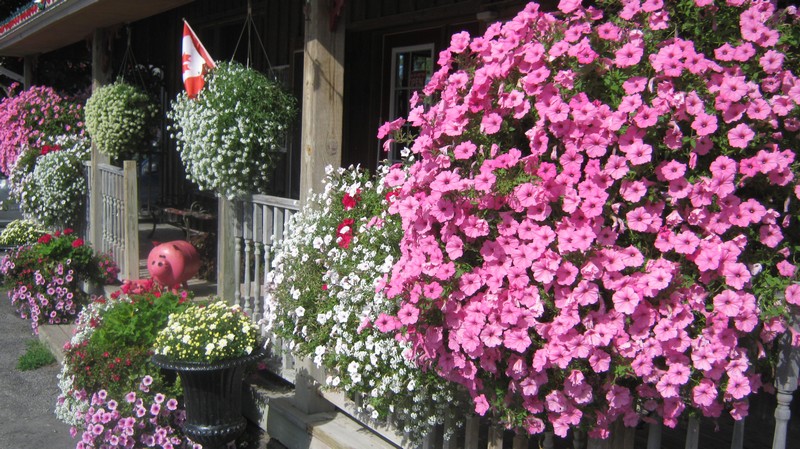
and when, like a mirage, a field of grapes appears where probably a tall grass prairie once stood, and a sign for libations… take a long deep breath for irony’s sake, slip on your mask, and find the patio.





And if there are only two other people there and they are waaaay at the other end — and down wind to boot — pull down your mask and enjoy the view.

♥
More tallgrass prairie love here.



